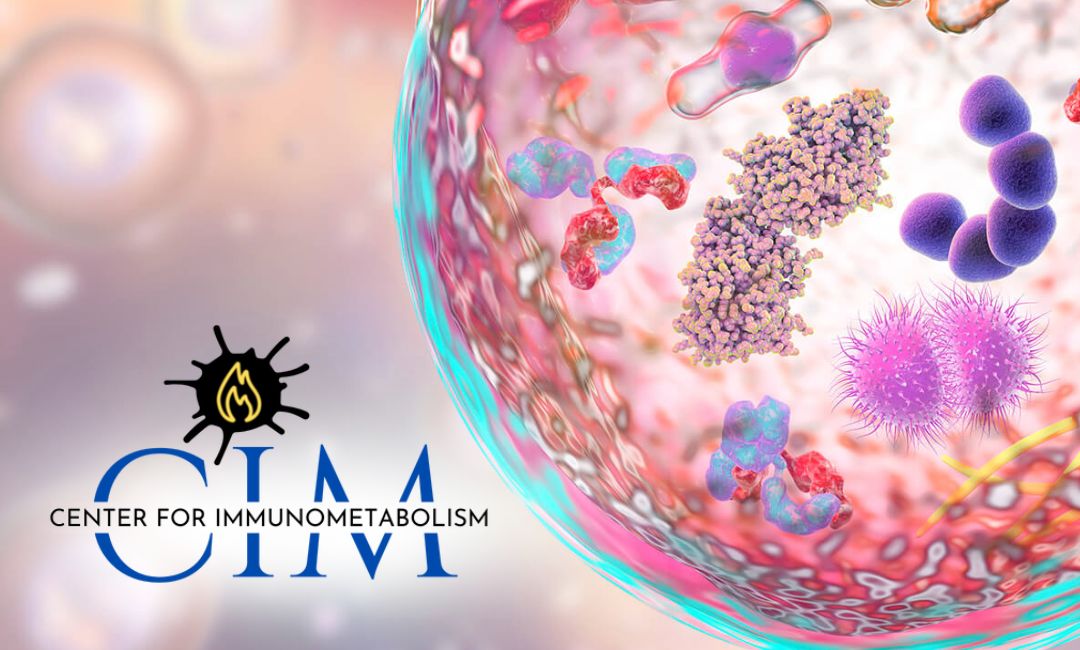The Center for Immunometabolism (CIM), directed by Babak Razani, MD, PhD, offers a suite of scientific cores designed to help investigators explore the intersection of metabolism and immunity. These shared resources provide access to state-of-the-art technologies, specialized expertise, and collaborative support making it easier for researchers to take their work from early discovery through translational impact.
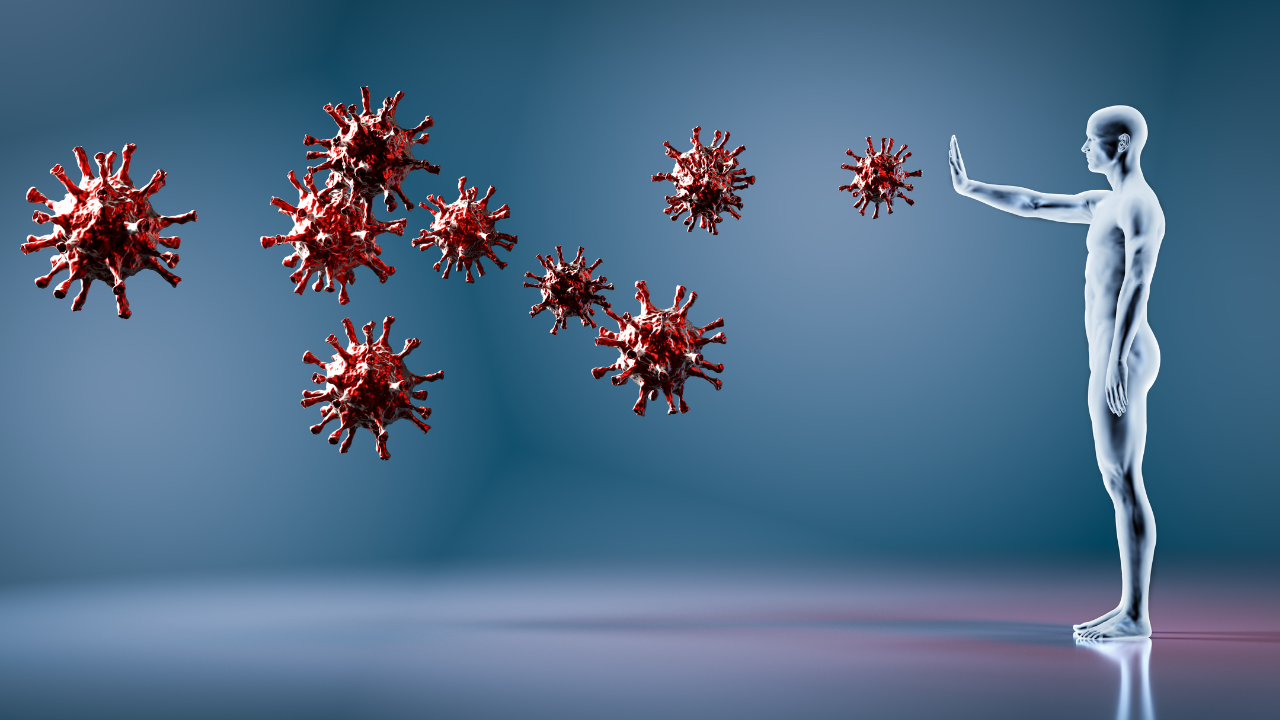
Immune Phenotyping Unit
Led by Xiangyu Zhang, PhD, this unit supports the detailed analysis of immune cells. Services include flow cytometry, cell sorting, immunofluorescence, and confocal microscopy, tools that allow researchers to characterize cell populations, signaling pathways, cytokine expression, and metabolic dysfunction with precision.

Bioinformatics & Metabolomics Unit
Directed by Md Saifur Rahman Khan, PhD, this unit provides expertise in the analysis and integration of multi-omics data. From genomics and proteomics to metabolomics and single-cell sequencing, the team applies advanced computational methods, including machine learning, to uncover new mechanisms and potential biomarkers.
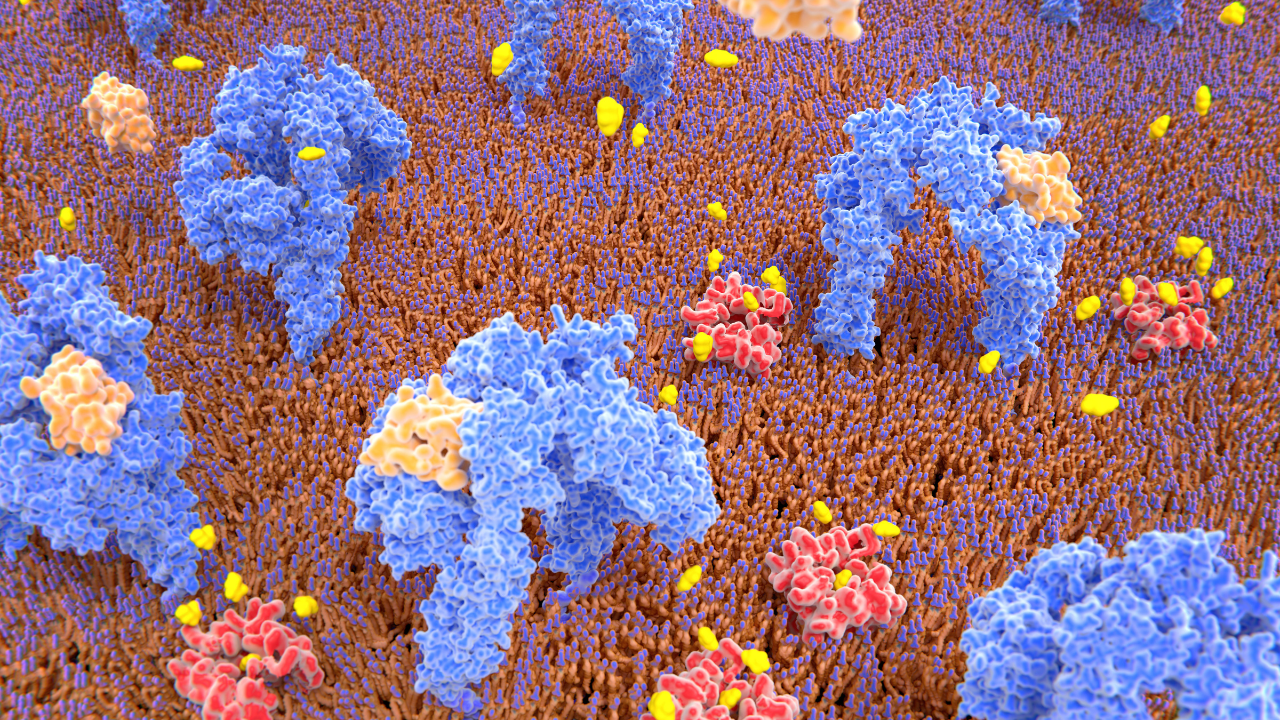
Cellular Metabolism Unit
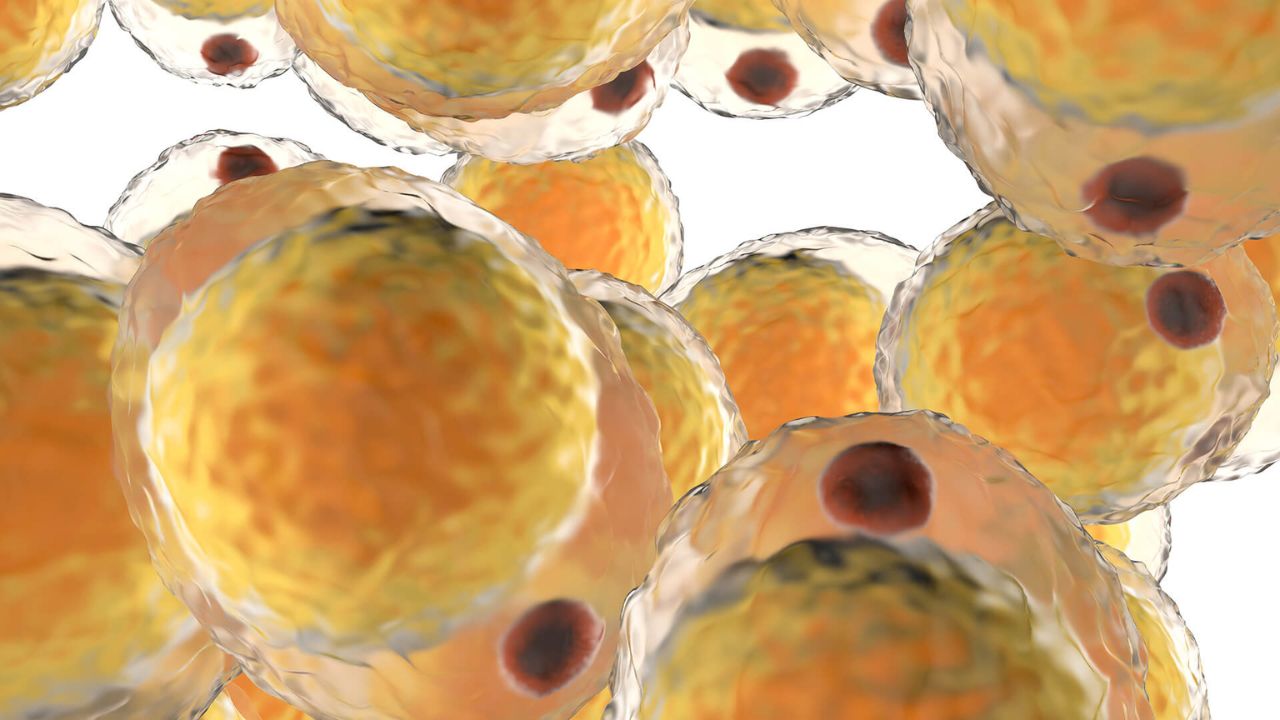
Lipid Metabolism Unit
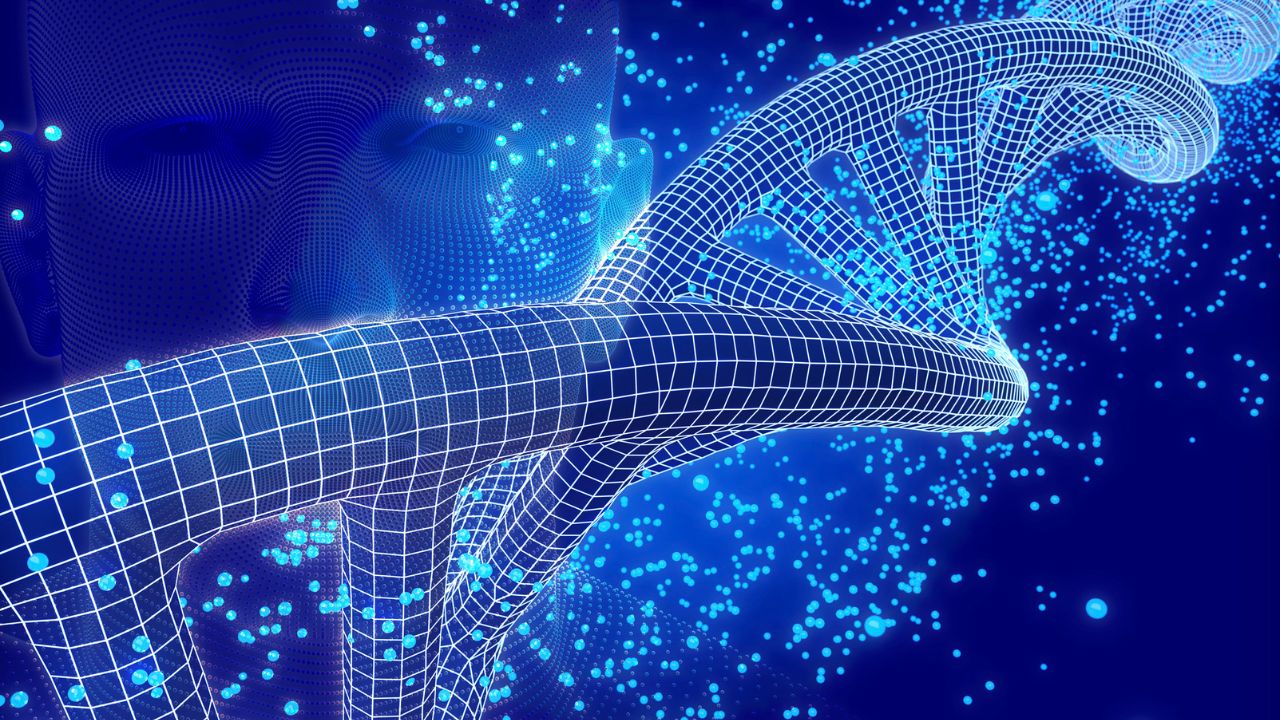
Clinical & Translational Studies Core
Directed by Ali Ajam, MD, this core connects basic science to human health. It provides support for clinical and observational studies, including IRB navigation, recruitment of diverse patient cohorts, biospecimen collection, and integration of clinical data with laboratory findings.
Together, CIM’s scientific cores make it possible for researchers to answer complex questions that span molecular, cellular, animal, and human systems. Whether you’re testing a new hypothesis, generating pilot data, or moving toward translational applications, these resources are here to strengthen and accelerate your research.
Learn more about available services and how to access these cores at: cim.pitt.edu/scientific-cores

